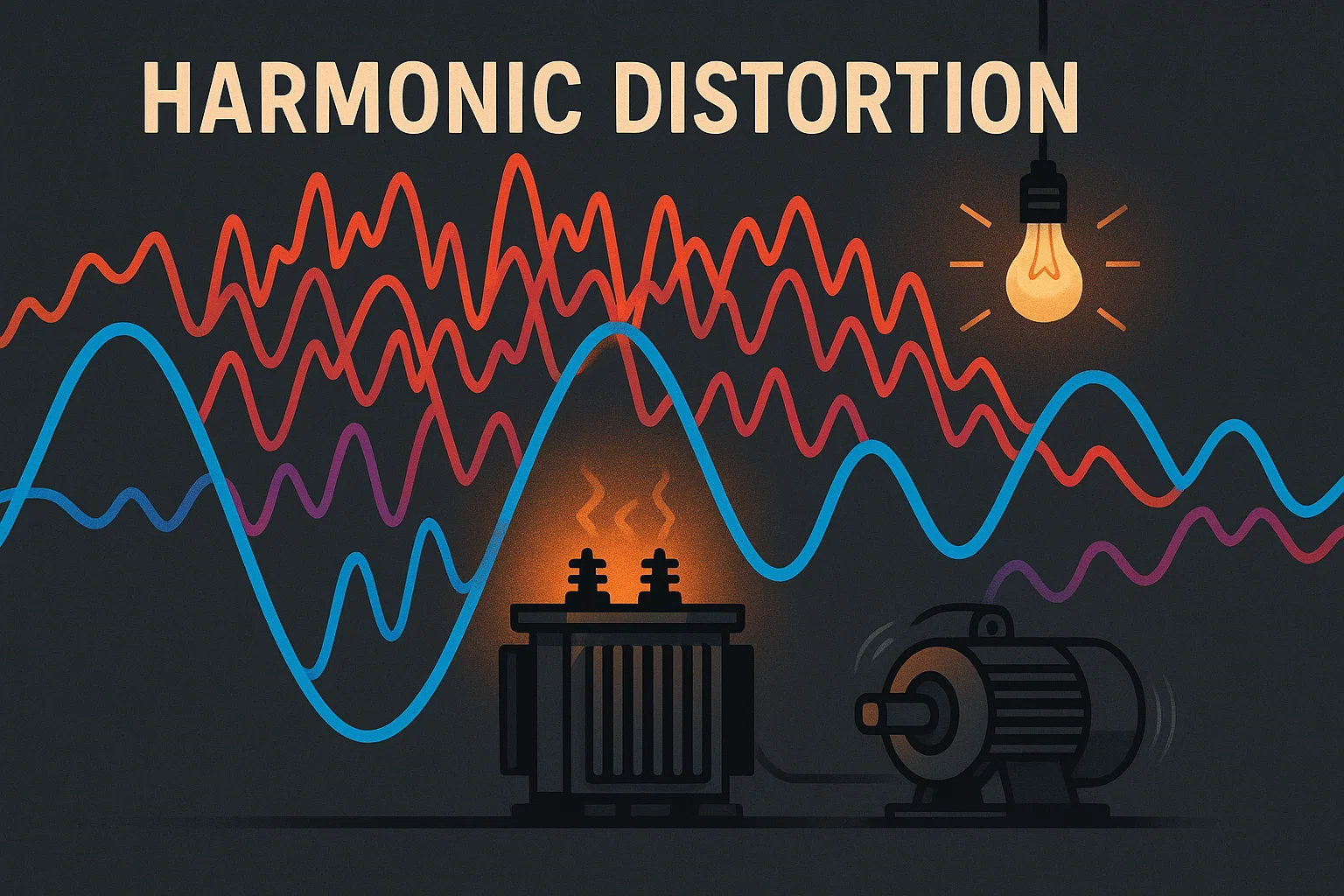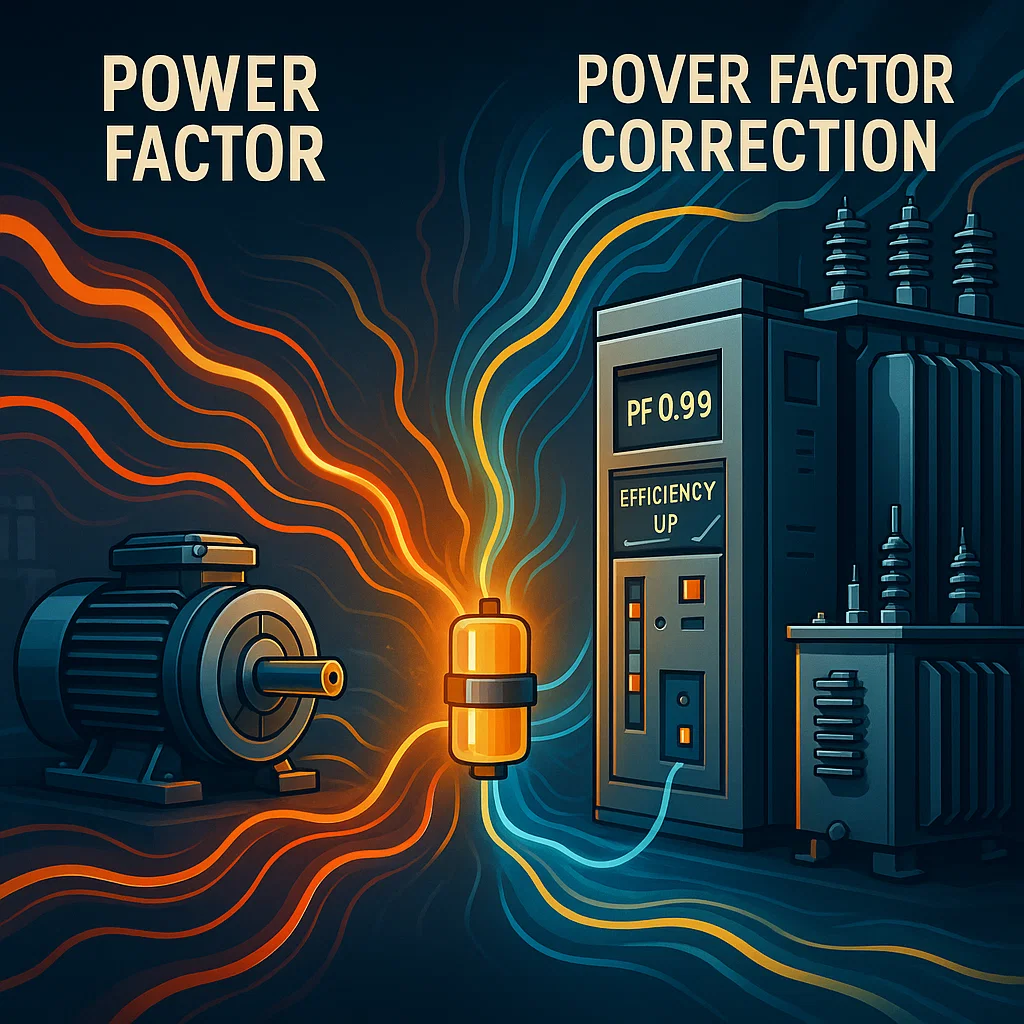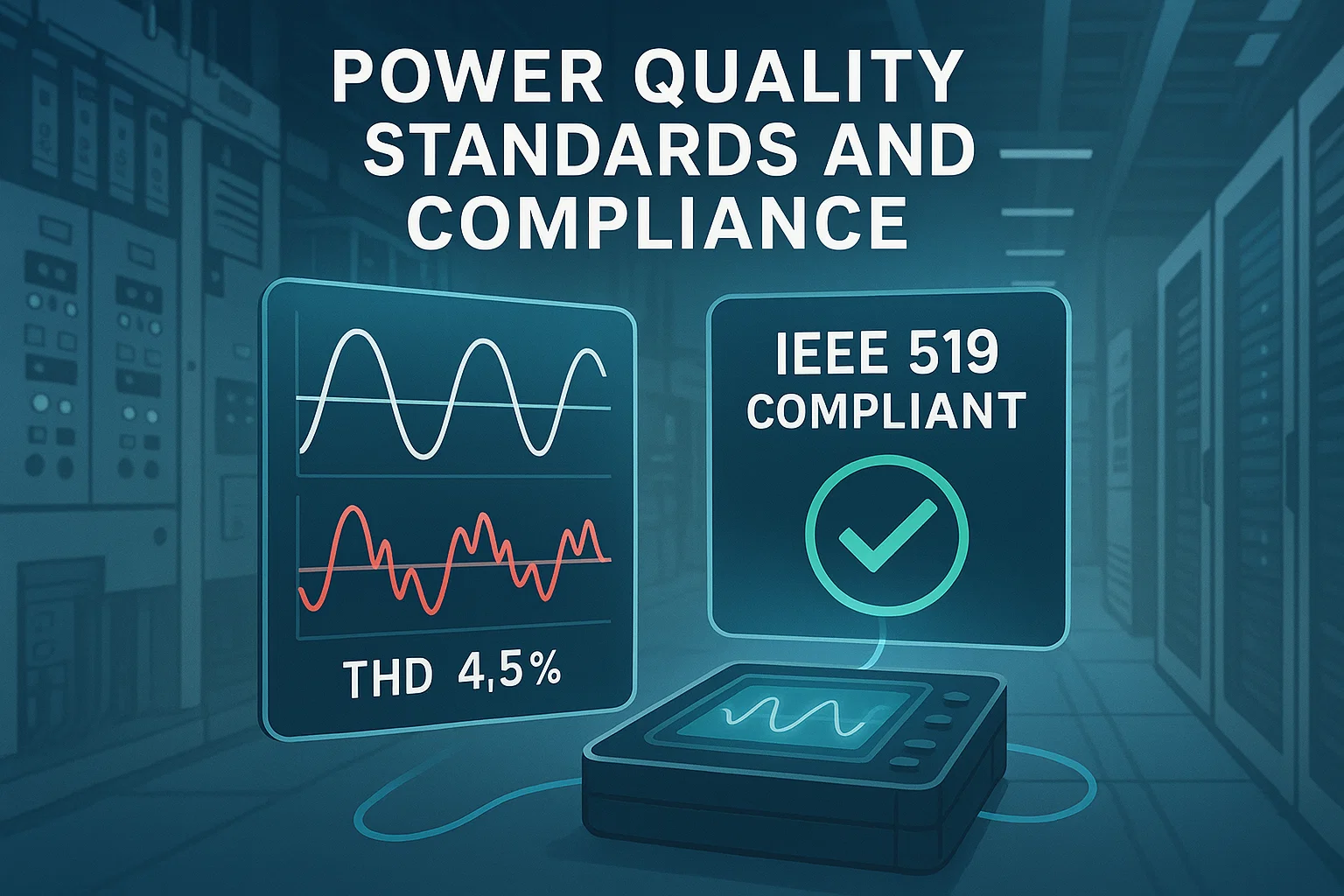Harmonic Distortion: Causes, Effects, and Smart Mitigation Strategies
Demystify harmonic distortion in electrical systems, understand its detrimental impact on equipment performance and energy costs, and explore effective strategies for precise harmonic mitigation.

In a perfect electrical world, voltage and current waveforms would be pure sinusoids, gracefully flowing through circuits. However, modern industrial and commercial environments are far from perfect. The increasing prevalence of electronic loads introduces a phenomenon known as harmonic distortion, a critical power quality issue that can lead to significant operational problems and increased costs.
What Are Harmonics?
Harmonics are voltage or current waveforms that occur at integer multiples of the fundamental (utility) frequency (e.g., 50 Hz or 60 Hz). For instance, in a 60 Hz system, the 3rd harmonic is 180 Hz, the 5th is 300 Hz, and so on. These distorted waveforms are generated by non-linear loads – equipment that draws current in short, abrupt pulses rather than a smooth sinusoidal pattern. Common culprits include:
- Variable Frequency Drives (VFDs): Used to control motor speed.
- Uninterruptible Power Supplies (UPS): Especially older models or those with basic rectifiers.
- Rectifiers: Devices that convert AC to DC, found in battery chargers, plating systems, etc.
- IT Equipment: Computers, servers, and data center infrastructure.
- Electronic Lighting: LED drivers and fluorescent ballasts.
Why Harmonic Distortion Matters
The presence of harmonics can have a cascade of detrimental effects on an electrical system and its connected equipment:
-
Overheating and Damage:
- Transformers: Harmonics cause eddy currents and hysteresis losses, leading to excessive heating and reduced lifespan, sometimes requiring derating.
- Neutral Conductors: Triplen harmonics (3rd, 9th, 15th, etc.) in three-phase systems can add up in the neutral wire instead of canceling out, causing dangerously high neutral currents and overheating, even in properly sized neutrals.
-
Equipment Malfunctions:
- Nuisance Tripping: Protective devices (circuit breakers, fuses) can misoperate due to harmonic peaks, leading to unexpected shutdowns.
- Capacitor Bank Failures: Harmonics can interact with power factor correction capacitors, leading to resonance conditions that cause overcurrents, overheating, and premature failure of the capacitors.
- Sensitive Electronics: Computers, PLCs, and other control systems can experience errors, data corruption, or complete failure due to distorted voltage waveforms.
-
Reduced Efficiency and Performance:
- Motors: Harmonics can cause increased losses, reduced torque, vibration, and overheating in AC motors, decreasing efficiency and shortening lifespan.
- Energy Losses: Overall system efficiency is reduced due to increased I²R losses in conductors and equipment.
Measuring and Identifying Harmonics
The first step to mitigation is accurate measurement. Power quality analyzers are essential tools for identifying the presence and severity of harmonics. Key metrics include:
- Total Harmonic Distortion (THD): This value quantifies the overall distortion of a voltage or current waveform relative to its fundamental component. High THD values (e.g., above IEEE 519 limits) indicate a significant harmonic problem.
- Individual Harmonic Magnitudes: Analyzing the magnitude of specific harmonic orders (e.g., 3rd, 5th, 7th) helps pinpoint the sources and characteristics of distortion.
Measurements should be logged over time and under various load conditions to capture a complete picture of the harmonic landscape.
Effective Harmonic Mitigation Strategies
Once identified, harmonics can be addressed using a range of solutions:
-
Passive Harmonic Filters: These consist of inductors and capacitors tuned to shunt specific harmonic frequencies away from the power system. They are cost-effective for constant loads and specific harmonic problems.
- Detuned Filters: Designed to prevent resonance between PFC capacitors and existing harmonics.
- Tuned Filters: Specifically target and absorb particular harmonic frequencies.
- Active Harmonic Filters (AHF): More advanced solutions that dynamically inject a counter-phase current to cancel out harmonic currents in real-time. AHFs are highly effective for variable loads and complex harmonic profiles, often improving overall power factor simultaneously.
- Low-THDi Drives and Multi-Pulse Rectifiers: Modern VFDs and UPS systems are increasingly designed with integrated harmonic reduction features (e.g., active front ends, 12-pulse or 18-pulse rectifiers) that minimize harmonic generation at the source.
- K-Factor Rated Transformers: These transformers are specifically designed to withstand the additional heating effects caused by harmonic currents, preventing premature failure in environments with high non-linear loads.
- Dedicated Neutrals/Oversized Neutrals: In some cases, particularly in older installations, upgrading neutral conductors or installing dedicated neutral wires can help manage excessive neutral currents caused by triplen harmonics.
💡 Actionable Takeaway: Begin with a thorough power quality assessment to accurately measure harmonic levels. Then, implement the most appropriate and cost-effective mitigation strategy—from source reduction to filtering—to ensure system compliance, thermal stability, and optimal equipment performance.


